11 Projects to Teach Digital Citizenship
Ask a Tech Teacher
APRIL 24, 2019
This vast landscape of resources is offered digitally, freely (often), and equitably (hopefully), but to take that cerebral trek through the online world, children must know how to do it safely, securely, and responsibly. The easiest way is to relate digital citizenship to citizenship in their own neighborhood.


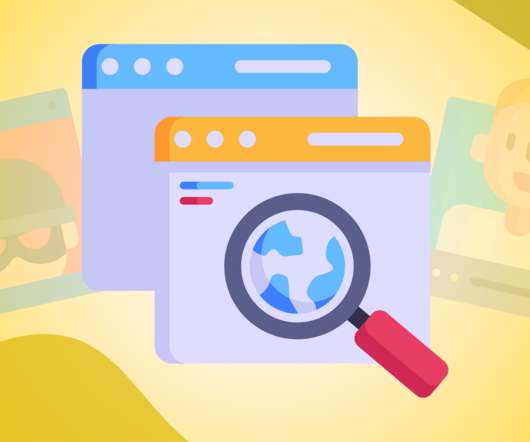
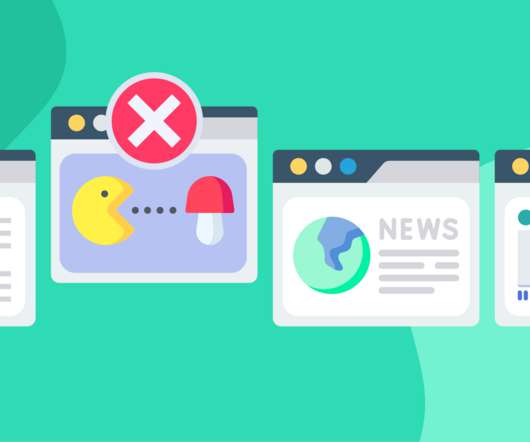
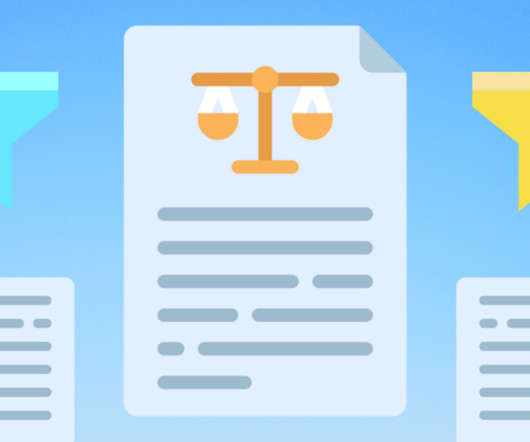
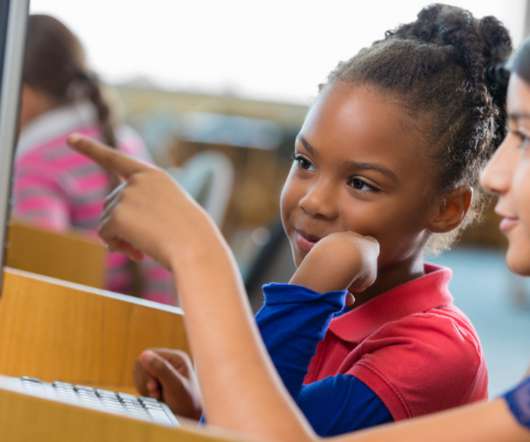

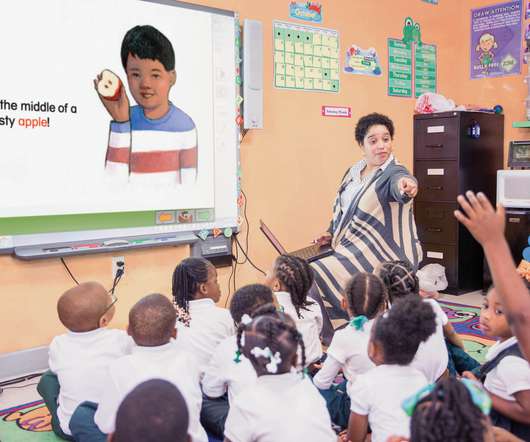
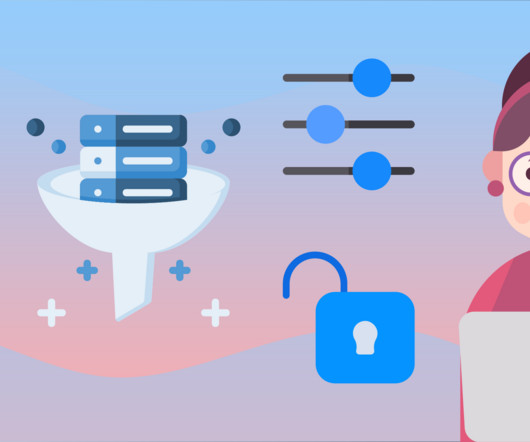


















Let's personalize your content